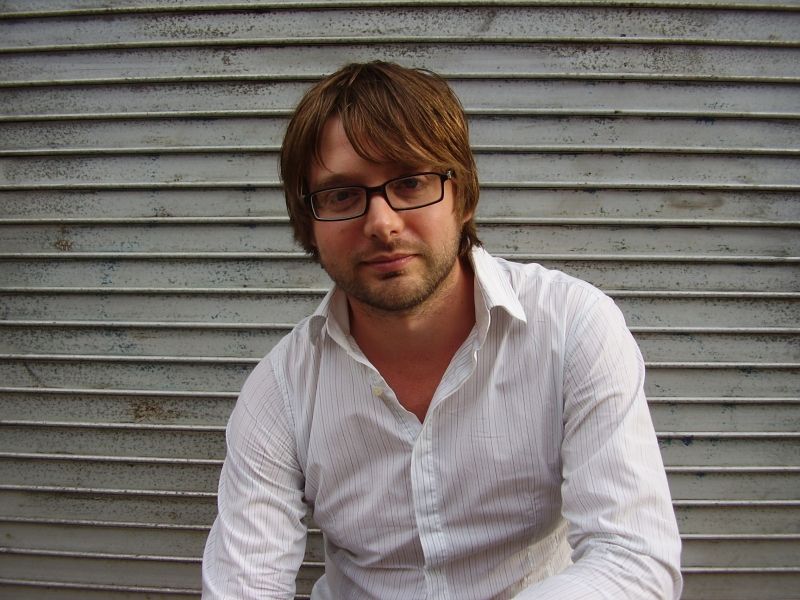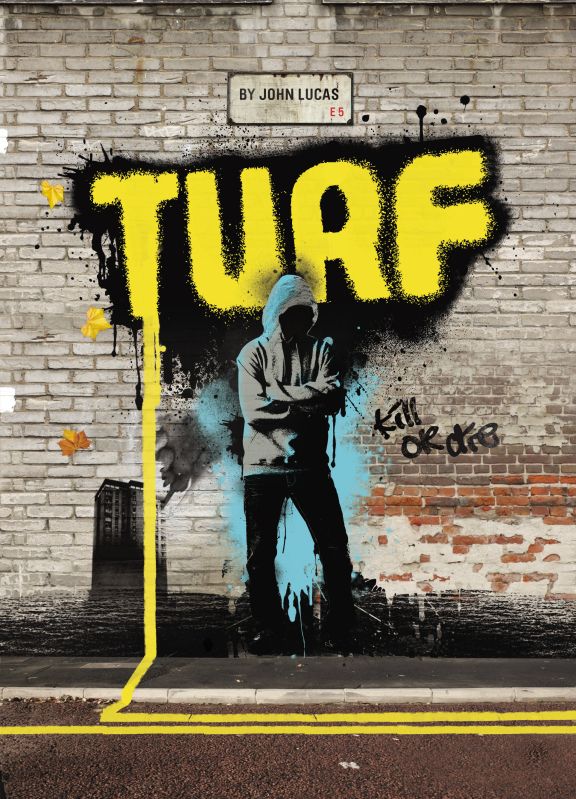 Hackney
HackneyBy John Lucas
I left university in 2007 with three ideas that I wanted to turn into novels. One was a dystopian epic that I didn’t feel at that stage my writing skills could do justice; another was the story that is slowly turning into my second novel; and the third was what eventually became TURF. The deciding factor for choosing TURF was that it was set in Hackney and was the easiest to research. I just needed to explore the local area. At the time, the gang element was only a minor theme in the book – instead it was mainly concerned with Hackney and its residents – so I spent a lot of time walking around the borough, soaking in the atmosphere, picking up on its idiosyncrasies, and really trying to nail down what it was that made the place tick.
Hackney has got a distinct character. I don’t think there are many London boroughs you can say that about. Not many people would say they lived in Brent, or Southwark or Lambeth – but they might say they lived in Harlesden or Peckham or Brixton. With Hackney it’s Hackney. You know where you are. You might live in Homerton, or Clapton, or Hoxton, but it’s still Hackney that overarches it all, that defines it.
I always felt I lived somewhere special. In Hackney the whole world was on my doorstep – people from the Caribbean, West Africa, India, Turkey, Vietnam ... the list went on and on. Hackney was a true slice of the globe, and because of that, because of the way it all got mixed together, thrown together, it created something more, something different. That’s why I’ve never understood nationalism, or people banging on about what it means to be British. I always felt I was a member of the human race first and foremost; we were all in it together. Literally. And when I was growing up we struggled on together. We were Hackney people, and that meant something more vibrant, more fluid than obscure patriotism and fixed national boundaries. There was a fundamental bright humanity that shone through it all.
I loved that diversity, I loved that mishmash of characters and cultures, but it wasn’t an easy place to grow up. I hung out with friends on the local council estates, played football on scruffy patches of green, dodging the rubbish and dog shit, the used needles and condoms.
And there was often an air of unease, an undercurrent of menace. I was a weedy kid from a quirky, arty family, but I still needed to be streetwise, alert, and even as a young kid, when you’re supposed to be innocent and carefree, it stressed me out, made me nervous and twitchy. We had to put up with break-ins and muggings, groups of kids flexing their muscles, protecting their turf, their reputation, their own sense of worth.
It came as a genuine surprise when I got older and met people who didn’t grow up in the inner-city and had none of those issues. But I wouldn’t change it. Life is about experiences and it gave me an awful lot of those.
 Of course, things change. In a place like Hackney they’re always changing. It’s rapidly becoming more and more gentrified, more and more trendified. I walk through Dalston on a Friday night, I wonder where all these cool kids sitting in the gutters and swinging from lampposts have come from, and whether they even know where they are, other than trying to find some supposedly cutting edge bar or club – sometimes so cutting edge it’s only them and a few bemused locals.
Of course, things change. In a place like Hackney they’re always changing. It’s rapidly becoming more and more gentrified, more and more trendified. I walk through Dalston on a Friday night, I wonder where all these cool kids sitting in the gutters and swinging from lampposts have come from, and whether they even know where they are, other than trying to find some supposedly cutting edge bar or club – sometimes so cutting edge it’s only them and a few bemused locals.I was on Broadway Market the other day, watching people so painfully trendy it was as if their trendiness had reached critical levels, they looked sick with it, too much exposure; they’d become so trendy the trendiness had begun to collapse in on itself, creating some form of anti-trendy black hole they couldn’t now escape from.
I grew up near Victoria Park and also lived for years in Stoke Newington, both areas now dominated by upmarket cafes and restaurants, organic food shops, boutiques and gastropubs. I certainly feel safer on the streets these days, but I worry about a bigger wedge being driven in between the haves and the have-nots, communities becoming more polarised and divided, and Hackney losing that character, that inclusiveness and diversity that made it so special in the first place.
This fear was summed up to me when a new block of upmarket apartments was being built by Dalston Junction station. All along the hoardings the proximity of different London landmarks and attractions were being advertised – Canary Wharf, Shoreditch, the West End ... but no mention was made of the local area, as if the local area was being taken entirely out of the equation, as if it didn’t matter. It was ironic to me that this was directly across the road from the giant Hackney Peace Mural that went up in the 1980’s, showing a carnival scene of people of all races, getting together and celebrating the vitality and togetherness of their community. Now we were seeing glossy photos of people with chiselle features and shiny teeth advertising an anodyne London dreamt up by estate agents and moneymen.
A lot of the people I grew up with have moved away now, either to find somewhere calmer, safer, and more predictable, or because they’re being forced out by exorbitant rents and house prices. I’m moving too – but only to Islington. I can almost see Hackney from my window, and I’m only a five minute walk away. I can get back easily enough and check up on it, make sure it’s still there, still the place I love for some slightly ridiculous, slightly masochistic reason. It’s a place that’s in my blood, that’s had a large bearing on who I am and how I see the world. And for that I’m grateful.
Thanks, John, for such an interesting post! Be sure to check out Turf once it's released on 2nd August.









0 comments:
Post a Comment